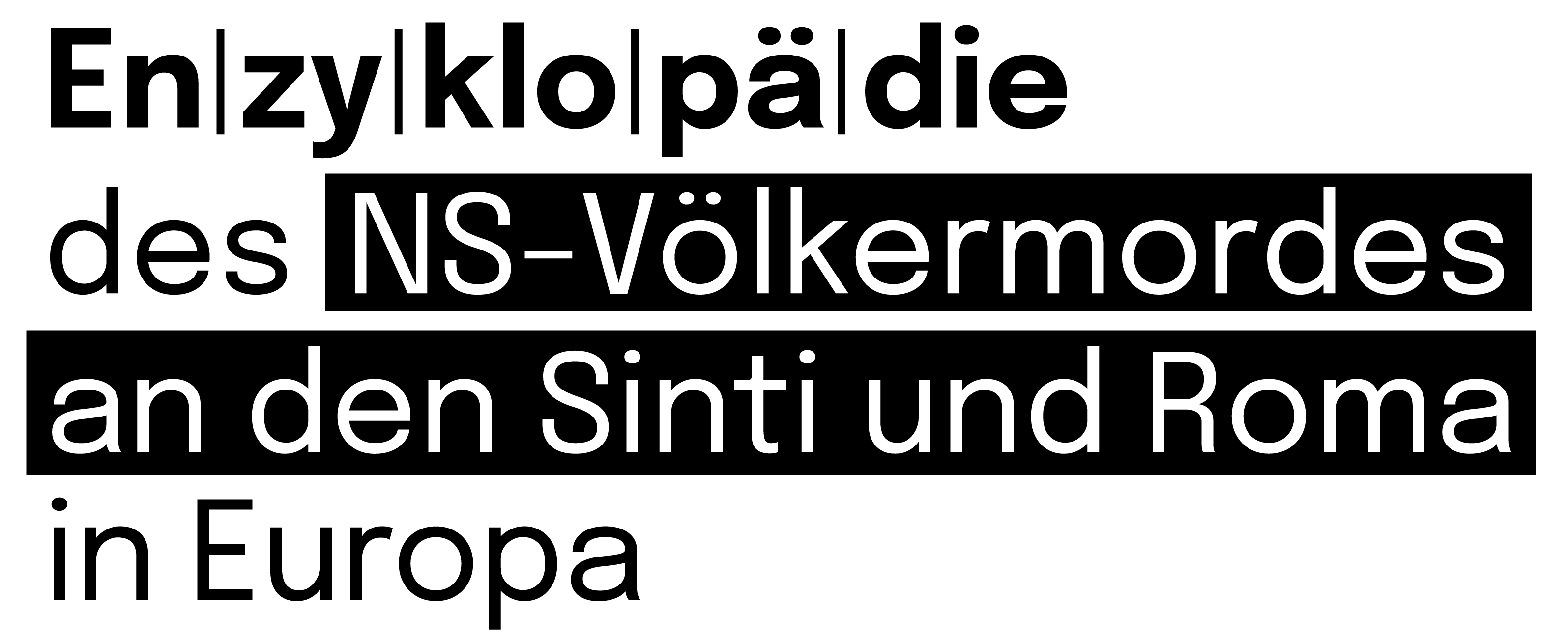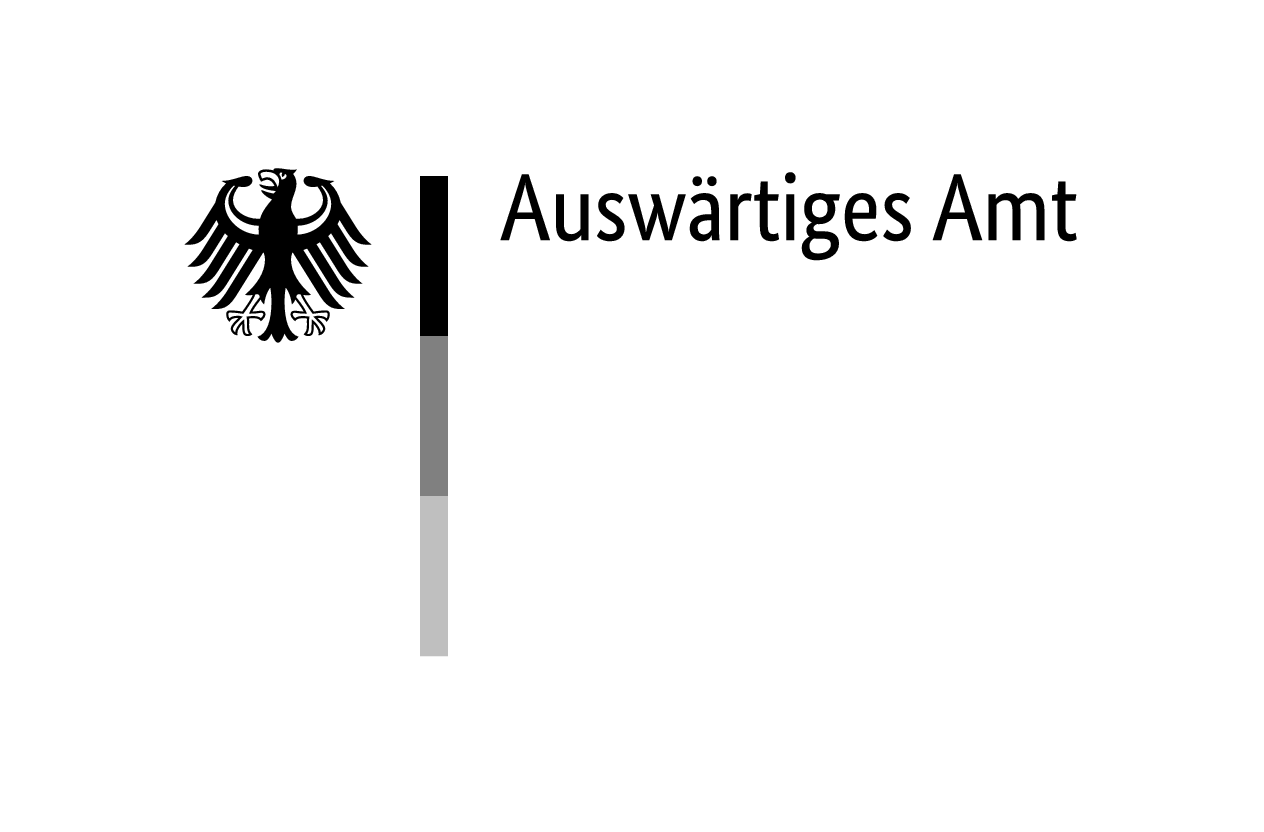In May 1935, the first municipal camp in the German Reich which was intended exclusively for Sinti and Roma was opened in Cologne, Rhineland. Due to its proximity to the sports field of the ‘Schwarz-Weiß’ club, the detention camp was also called ‘Schwarz-Weiß-Platz’. Enquiries that reached Cologne from various cities show that this camp was a model for other municipalities.
The Camp Site
Police plans for the urban segregation of Sinti and Roma had already been drawn up in 1929 in the fourth largest city in the Reich. These plans took shape in 1934, when a number of Cologne authorities took coordinated action against the ‘wild settlements’ that had sprung up in the wake of the Great Depression. While most of those living in makeshift or illegally built dwellings were relocated to apartments or houses, all the ‘Gypsies’ were to be concentrated on a site at Venloer Straße 888.
This was a derelict site located in the far west of Cologne in the Bickendorf district. In order to save costs, the city made only minimal changes to adapt the area for habitation. The site itself was surrounded by a two metre high mesh and barbed wire fence. There were a privy, a water point and a rubbish pit on the unpaved site. In November 1935, construction began on two barracks for those who had been transferred to the camp from apartments. Another barrack block opened in 1938. A guard post stood at the only entrance to the site.
Operation, Management and Monitoring
The camp was administered by the municipal Welfare Office. Working closely with the police, the office had several hundred people transported to Schwarz-Weiß-Platz from May 1935, accompanied by racist campaigns in the Nazi press. By August 1936, fifty families comprising over 300 people had been forced into the camp; by March 1937, there were 400 to 500 people in 50 to 60 caravans. This meant that more than half of all Sinti and Roma living in Cologne in the mid-1930s had to live in this detention camp.
An armed SS man who lived in the guard post was responsible for monitoring the residents. He registered and deregistered the residents with the police, collected the monthly rent and controlled access to the camp. ‘Non-Gypsies’ were not allowed to enter the camp. Officers from a nearby police station were also responsible for the camp and carried out regular raids.
Registration and Deportations
Survivors report that conditions in the camp worsened considerably in 1937/38. All occupational activity was banned or criminalised, so that many were dependent on welfare benefits. This was only granted in small amounts and in kind and was made conditional on the performance of compulsory or forced labour. The already low standard of living fell even further, while sanitary conditions and the state of the accommodation were catastrophic. Men in particular, who had been deprived of employment opportunities, were considered ‘workshy’ and could be deported to a concentration camp at any time. Such deportations happened in both 1937 and 1938. The registration activities of the Racial Hygiene Research Unit (RHF) were also carried out. At the end of 1937, Robert Ritter (1901–1951) and Eva Justin (1909–1966), and in March 1938 Gerhard Stein (1910–1979) carried out interrogations and recordings. Those who could left the camp and tried to find housing and work inside or outside Cologne or go into hiding to escape the reach of the authorities.
With the beginning of the war, this possibility was closed down by the Immobilisation Decree. When Karl Moravek (1911–1943) from the RHF carried out further investigations in Cologne and in the camp in February and March 1940, these were already in connection with the forthcoming May deportation. In the early hours of 16 May 1940, police units surrounded the camp and drove the families on lorries to the transit camp on the exhibition grounds in Cologne-Deutz, from where they were deported to the General Government on 21 May 1940. The camp was then disbanded and the remaining caravans and their contents are said to have been burnt.
After 1945
After 1945, few survivors returned to Cologne. Many had to settle on Schwarz-Weiß-Platz due to a shortage of living space. In 1952, the city ordered all Sinti and Roma who had caravans elsewhere in the city to move to the camp site under threat of coercive measures. Other Cologne citizens had also made a temporary home for themselves on the camp site, so that in 1958 around 230 families were living there relatively independently. However, the police and the city council took the view that the ‘gypsy camp’ was damaging the ‘reputation of the city’ and cleared the site in the same year. While most of the families were offered apartments, the 51 Sinti and Roma families were once again pushed out. The people had to live in discarded railway carriages on a derelict site in the far north of Cologne—an insult especially to the survivors. This degrading situation continued until 1975, when, thanks to the initiative of the residents, the city of Cologne completed a housing estate to which some families were able to move.
Commemorative Initiatives
It was not until the end of the 1980s that a reappraisal began. In 1988, the city of Cologne was planning a fenced and guarded camp for around 400 Roma who had fled Yugoslavia in the face of its political and social collapse. This inspired two students to research the history of the Nazi detention camp and put together the first exhibition, which was opened to mark the 50th anniversary of the May deportation. At the suggestion of the Cologne association Rom e.V., the artist Gunter Demnig (born 1947) drew the public’s attention to this part of the city’s history on 6 May 1990 with an art project that attracted widespread attention. He traced the path from the former detention camp to the rails on which the deportation trains left Cologne with markers reading ‘May 1940 – 1000 Roma and Sinti’. This was the beginning of a longer engagement with the history of persecution of the Sinti and Roma, which inspired him to develop the now international Stolpersteine [Stumbling Stones] project.
On 10 March 2001, the city of Cologne erected a memorial plaque near the site of the camp. It bears the following inscription: ‘May 1940 – 1000 Roma and Sinti / In 1935, in the immediate vicinity of this subway, next to the former sports ground of the Schwarz-Weiß Köln club, the city set up the guarded “Gypsy camp” to which the Sinti and Roma living in Cologne were sent. Here they were segregated from the rest of the population, registered according to racist criteria and compelled to perform forced labour. From here, they were deported to ghettos and extermination camps in occupied Poland via the Deutz-Tief railway station in May 1940 / Only a few came back.’




